Introduction to 3D Mouse Pads
In the world of computing accessories, the mouse pad is often overlooked, yet it plays a significant role in enhancing user experience. Enter the 3D mouse pad, a product that not only serves the basic function of supporting your mouse operations but also provides a wealth of ergonomic benefits. As remote work and gaming continue to rise in popularity, understanding the nuances of these specialized mouse pads becomes increasingly essential.
What is a 3D Mouse Pad?
A 3D mouse pad is designed with depth and texture that mimics three-dimensional shapes or patterns, offering a unique aesthetic appeal. Unlike traditional flat mouse pads, 3D mouse pads are often made from high-quality materials, featuring raised designs that can include everything from anatomical forms to vibrant landscapes. This innovation is especially popular in gaming and artistic communities, where personalization and style can significantly impact the user’s environment.
Benefits of Using a 3D Mouse Pad
The benefits of incorporating a 3D mouse pad into your setup are numerous:
- Enhanced Comfort: With features like wrist support and cooling materials, users often experience less strain during prolonged use.
- Improved Aesthetics: Custom designs allow users to express their individuality, blending personal style with functionality.
- Better Tracking: The textured surface of many 3D mouse pads enhances the precision of the mouse’s movement, which is vital for gamers and graphic designers alike.
- Reduced Wear on Equipment: By providing a dedicated surface for mouse operations, these pads can reduce excess wear on both the mouse and the tabletop surface.
Design Options for Customization
Many modern 3D mouse pads offer customization options, allowing users to select their preferred graphics, sizes, and thicknesses. You might opt for a sleek, minimalistic design to complement a professional environment, or perhaps a vibrant anime-themed pad to express your personality. The ability to create a personalized item that aligns with your interests can significantly enhance your workspace’s appeal.
Ergonomics and Comfort Features
Understanding Wrist Support Mechanics
One of the standout features of 3D mouse pads is their emphasis on ergonomics. Many come with built-in wrist support designed to maintain a neutral wrist position during operation. This design helps prevent strain and discomfort, which can lead to repetitive strain injuries or conditions like carpal tunnel syndrome. The materials used in these supports are often soft yet supportive, crafted to cradle your wrist while allowing for optimal mouse movement.
How 3D Mouse Pads Reduce Strain
The innovative design of a 3D mouse pad focuses not just on aesthetics but on reducing bodily stress. With ergonomic contours or raised elements, these pads promote a natural wrist angle. This ergonomic thinking is crucial for professionals who spend long hours in front of their computers, ensuring that they can work or game comfortably for extended periods. Improved posture can lead to higher productivity and overall better health.
Comparing Thickness and Materials
Thickness and material composition play pivotal roles in determining the comfort and usability of 3D mouse pads. A thicker mouse pad may provide more cushioning, while thinner options may enhance mouse precision. Common materials include rubber, gel, and fabric, with many manufacturers offering variations that focus on durability and ease of cleaning. Additionally, high-quality designs utilize non-slip bases to maintain stability during intensive activities.
Choosing the Right Design
Popular Themes for 3D Mouse Pads
When selecting a 3D mouse pad, theme plays a vital role in personalization:
- Anime and Gaming: With the rise of eSports and anime culture, themed mouse pads featuring beloved characters or game graphics are increasingly popular.
- Nature Scenes: Many users opt for calming designs such as landscapes and abstract art that can create a serene workspace.
- Custom Artwork: For the artistic individual, creating a mouse pad featuring original art or graphics can make a powerful statement.
Personalization Options Available
Customization is one of the biggest appeals of 3D mouse pads. Users can often choose the image, size, and even thickness of their pads. This option allows businesses to boost brand visibility by showcasing logos or company mascots, making the mouse pad an excellent promotional item as well. Personalization extends to the ability to inscribe custom messages, making them perfect gifts.
Tips for Selecting Colors and Patterns
Choosing the right colors and patterns requires consideration of personal tastes and the intended use of the mouse pad:
- Color Psychology: Different colors can evoke various emotions. For example, blue is often seen as calming, while red can stimulate action.
- Contrast and Visibility: Ensure that essential features of the mouse are easily visible against the pad’s design, as this can affect usability.
- Trends and Personal Style: Stay updated with the latest design trends while ensuring the chosen pad aligns with your aesthetic preferences.
Care and Maintenance of Your 3D Mouse Pad
Cleaning Techniques for Longevity
To ensure the longevity of your 3D mouse pad, it’s essential to maintain its cleanliness. Regular cleaning prevents dirt buildup, which can affect both the mouse’s tracking and the pad’s appearance. Here are a few tips:
- Wipe Down Regularly: Use a damp cloth to wipe the surface periodically. For fabric pads, mild soap can help with deeper cleaning.
- Remove Stains Promptly: Address spills and stains as soon as they occur to prevent lasting damage.
- Avoid Harsh Chemicals: Stick to mild cleaners to avoid damaging the materials of the mouse pad.
Preventing Damage from Wear and Tear
Even the best mouse pads will eventually show signs of wear. To mitigate this:
- Rotate Usage: If you have multiple pads, rotating their use can prevent one from becoming overly worn.
- Store Properly: Avoid folding or creasing the pad when not in use. Store it flat to maintain its structure.
- Consider Surface Protection: Placing a protective layer underneath can help prevent scratches and extend the life.
When to Replace Your Mouse Pad
Knowing when to replace your mouse pad is crucial for maintaining optimal performance. Signs can include:
- Visible Damage: Rips, crusted areas, or significant staining can diminish aesthetics and functionality.
- Reduced Performance: If your mouse isn’t tracking smoothly or consistently, it may be time for a replacement.
- Change in Comfort: If the pad begins to feel hard or uncomfortable, this could be a sign that the material has degraded.
User Experiences and Testimonials
Real Customer Feedback on Comfort
Collecting testimonials and experiences from real users is a great way to understand the value of 3D mouse pads. Numerous users have reported improved comfort, especially those who spend extended hours using a computer for gaming or work-related tasks. Positive feedback often highlights the ergonomic features as a significant factor, with users noting reduced wrist fatigue.
Exploring Different Usage Scenarios
3D mouse pads are versatile and suitable for various scenarios. In a gaming setup, a well-chosen pad can dramatically improve performance by providing a smooth and responsive surface. In the professional realm, users find that personalized pads enhance their workspace aesthetics while supporting health and productivity. The applications span from casual use at home to intensive gaming marathons, showcasing the adaptability of these products.
Case Studies on Enhanced Productivity
Several case studies have shown that investing in ergonomic accessories, including 3D mouse pads, can lead to measurable productivity gains. For instance, professionals who made the switch reported a noticeable decrease in downtime due to discomfort, allowing for longer and more focused work sessions. Similarly, gamers experienced enhanced responsiveness and accuracy, leading to better in-game performance and satisfaction.
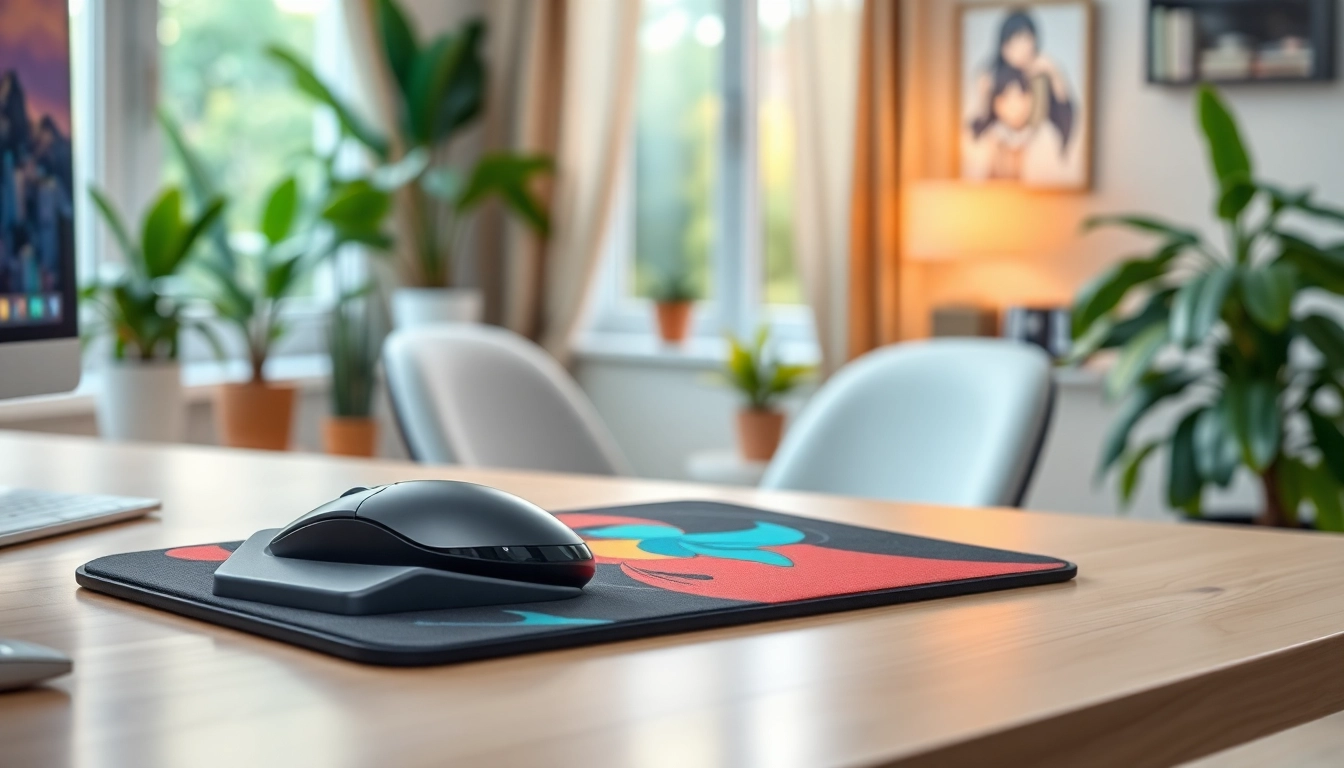

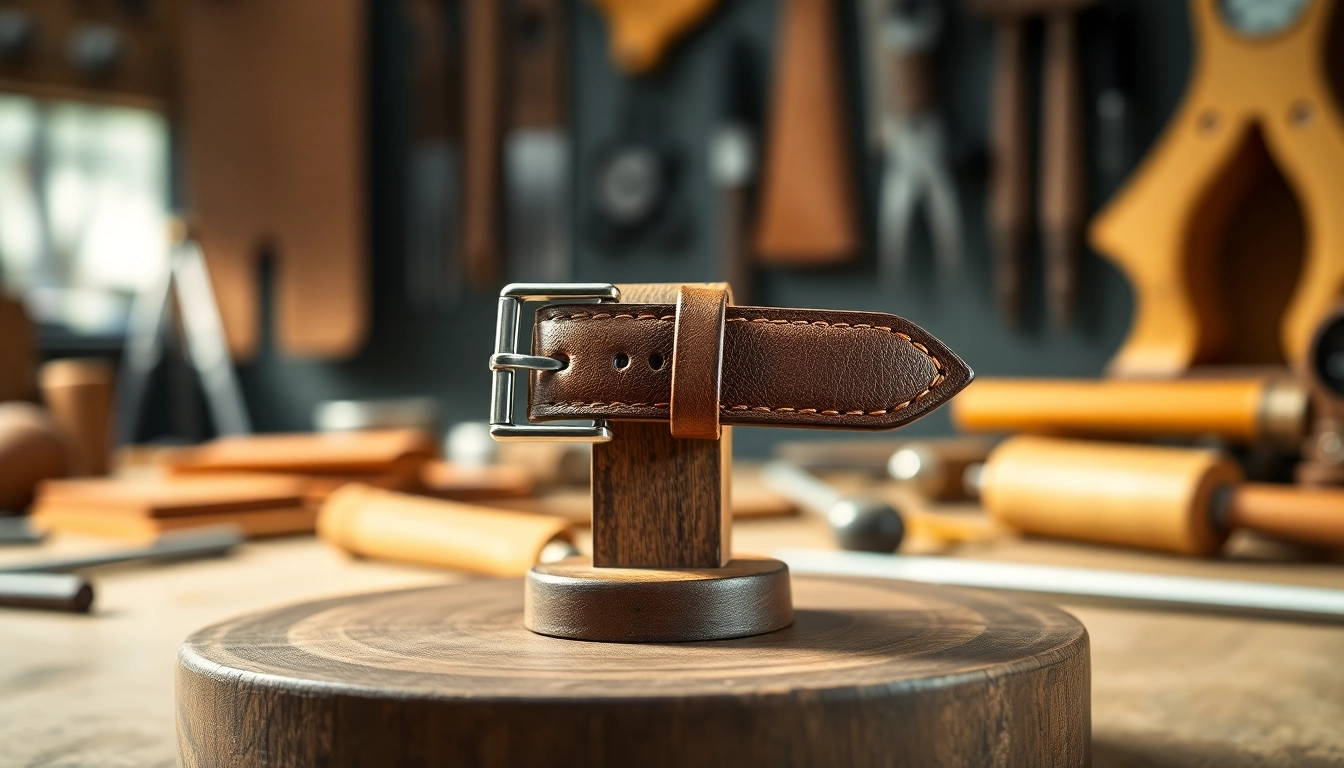

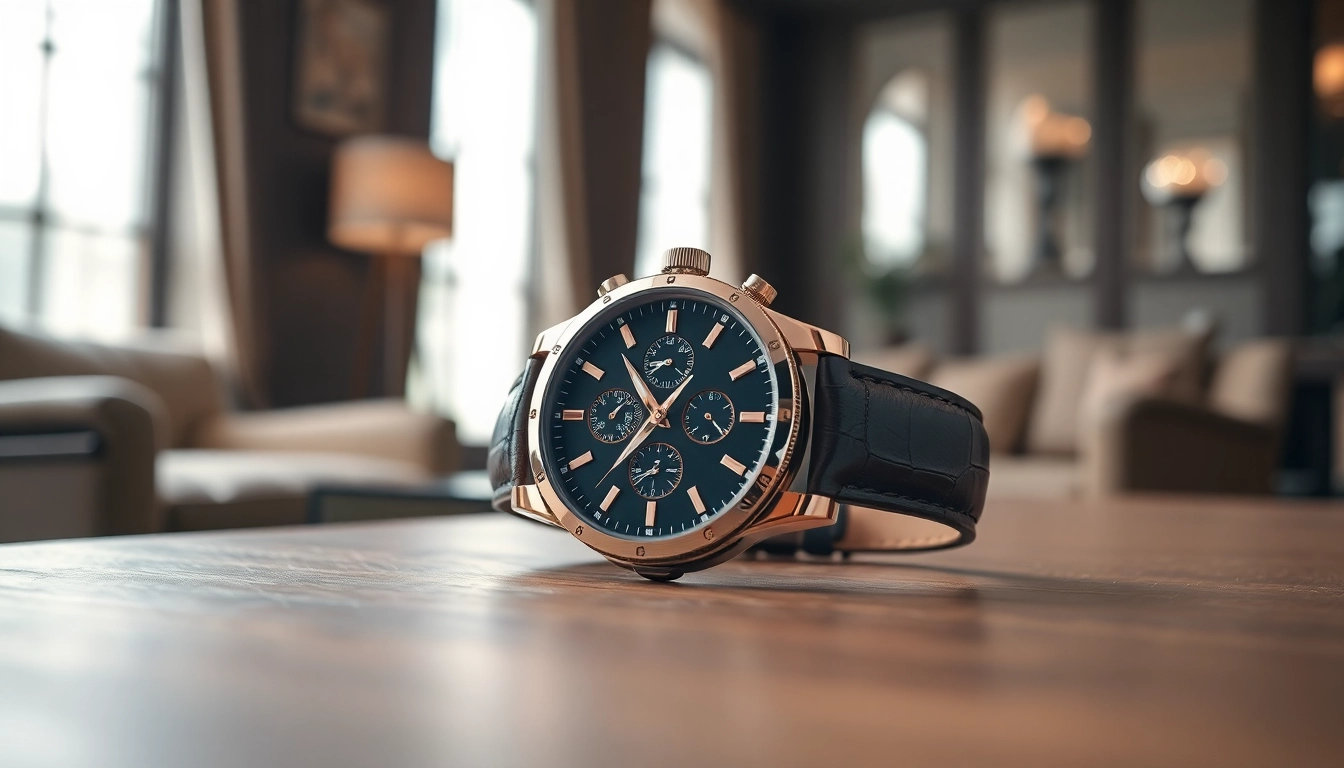

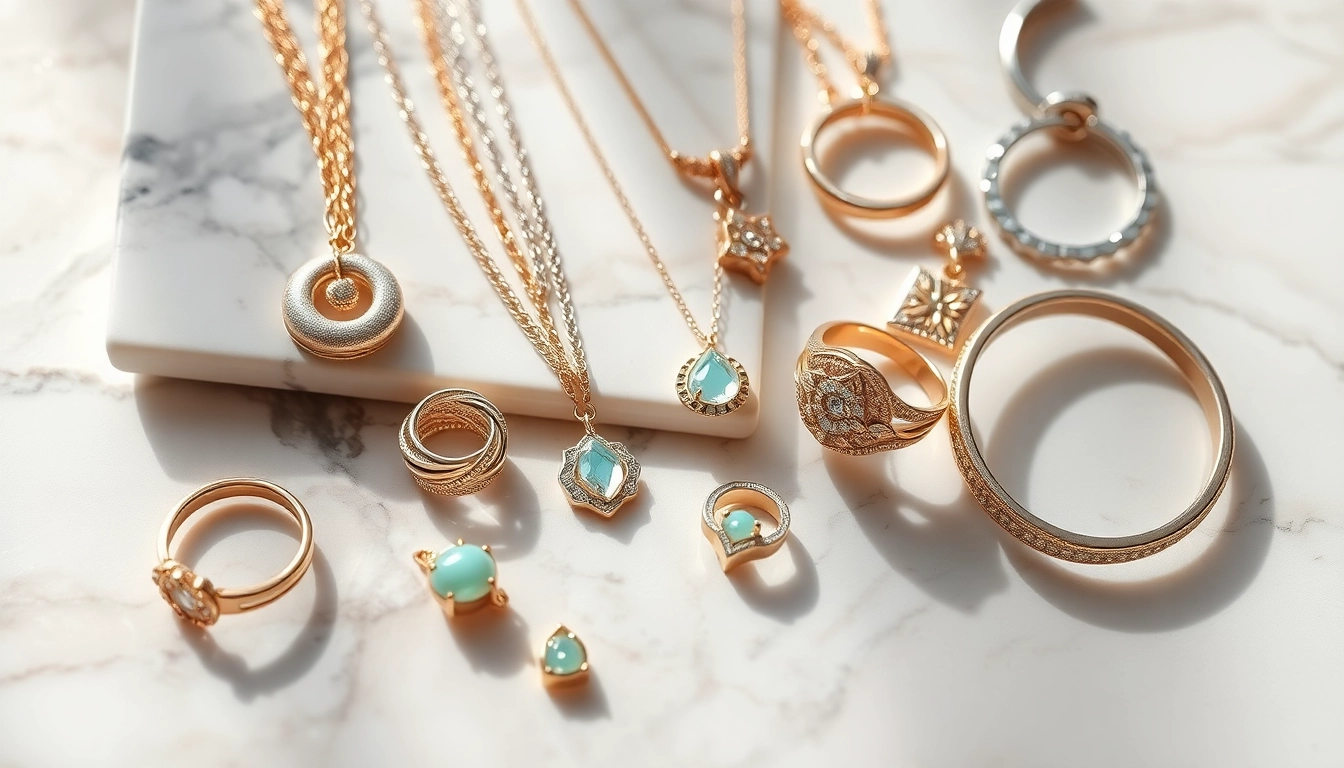
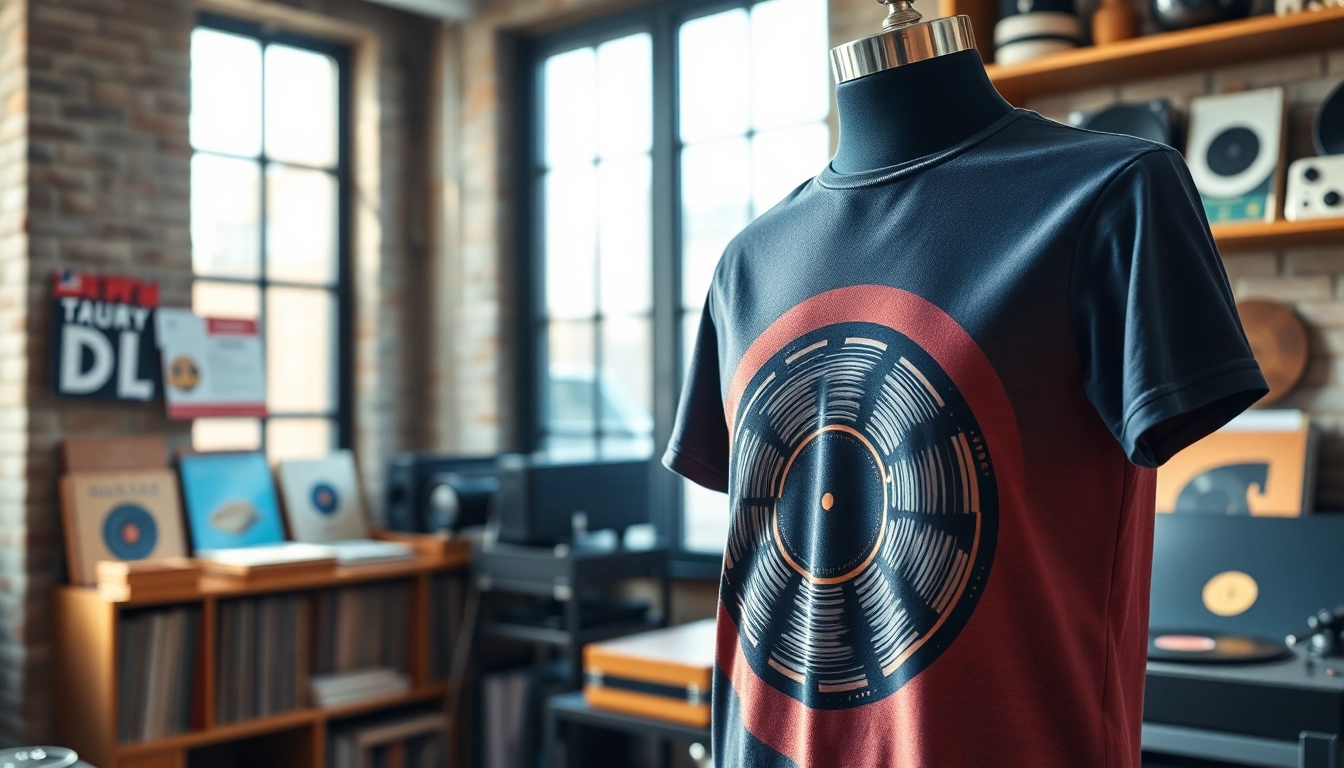
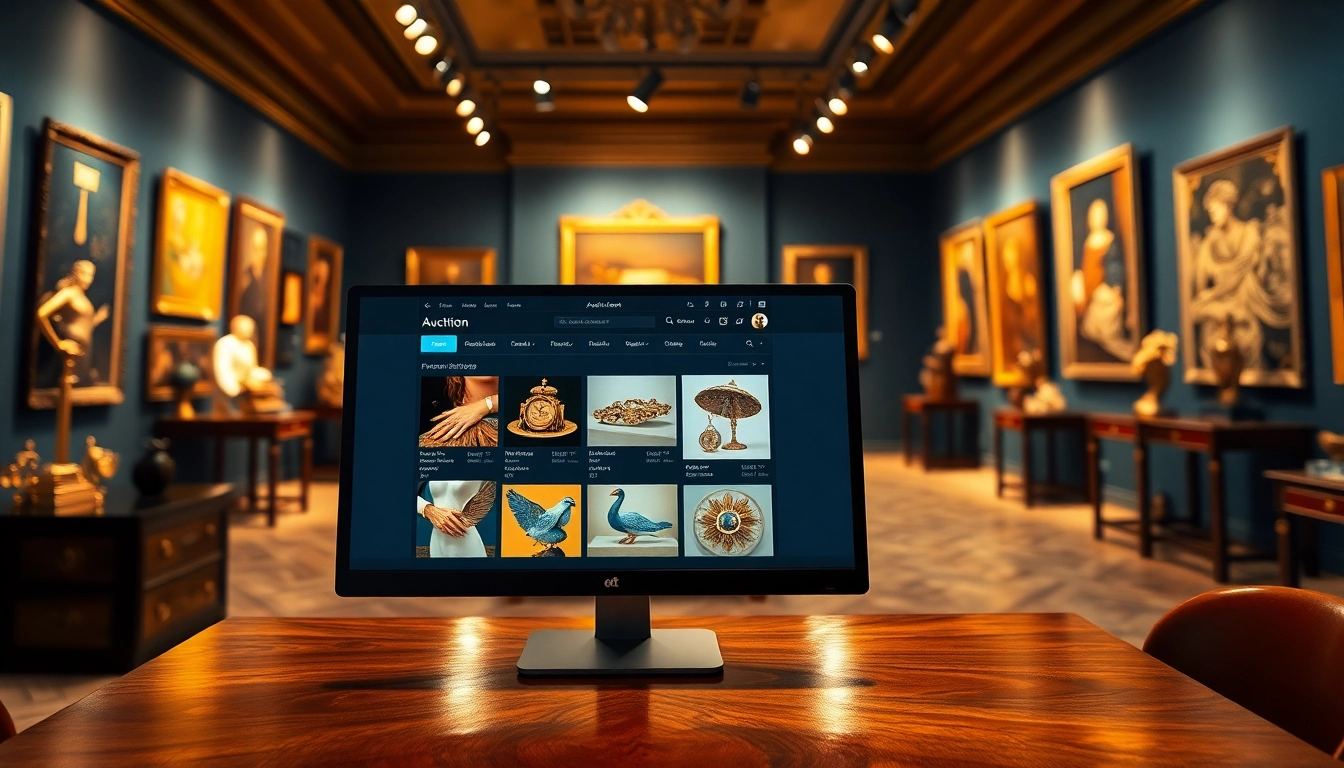






Leave a Reply